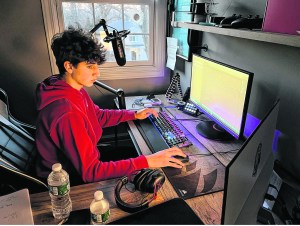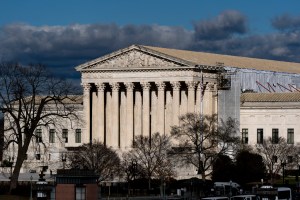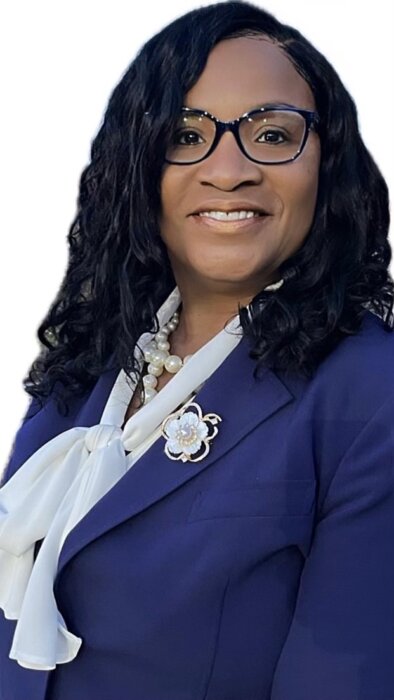Two plus years of Gov. Andrew Cuomo’s 2-percent property tax cap have left Long Island school districts struggling to make the grade, say New York educators, both union and management. Local leaders are concerned that the Island’s celebrated status as providing the best bang for the buck in public education is in jeopardy.
And if the Island loses its reputation for quality public schools—one of the reasons for our region’s economic viability—then high school graduates may find it harder to get accepted to the colleges and universities of their choice.
“Our students definitely present a transcript that shows far more rigor when applying to colleges and universities,” says Lorraine Deller, executive director of the Nassau Suffolk School Boards Association. “This has been something that has been the mainstay of public education on Long Island.”
She credits “Long Islanders’ willingness to pay higher taxes” with enabling the growth in Advanced Placement courses, the array of electives in science, technology and math, and the uplifting offering of arts and music programs, which has made Nassau and Suffolk public school graduates so competitive.
“Long Island school students continue to out perform students from every other region of the state by every measure,” she says.
But in the wake of the continuing shortfall in state funding, that positive trend may not be matched when test scores for the 2011-2012 year are released later this spring.
Educators already see troubling signs that Cuomo’s tax cap coupled with the state’s drastic reduction in aid to public schools—some $1.3 billion less than the budget five years ago—has begun to hurt students across New York. Legislators, mostly Republican, joined the Democratic governor in support of the tax cap by promising that it would come with mandate relief such as lessening the burden of pensions and the costly demands of meeting the “No Child Left Behind” standards, but that pledge was broken. Instead of more aid to make up for the decline in local revenue, the governor has let the state unilaterally slash its revenue line for school districts even further, education advocates claim. On LI, says Deller, the loss amounts to “over $1 billion in state funding” for the past three years.
Upstate, a valedictorian from a small school district reportedly did not get into SUNY Geneseo last spring because the high school’s curriculum lacked enough AP courses, according to Deller. That deficiency is now showing up in LI’s smaller districts, particularly on the East End. A recent survey conducted by the Long Island Education Coalition, a group of educational organizations, found fewer AP courses being offered in Nassau and Suffolk, 3,000 fewer positions in the schools overall, and, most troubling to educators, larger classes. Deller said that in the first year of the tax cap, only “the lower property wealth” school districts were reporting increasing class sizes of more than 25 students, “but now it’s across the board.”
For the 2013-2014 budget, Cuomo has proposed $600 million in school aid, with another $200 million in “fiscal stabilization,” which he would give to the districts he determined were needy. According to Carl Korn, a spokesman for the state’s largest teachers’ union, New York State United Teachers, the Legislature “appears to have rejected” the governor’s proposal. Instead it rolled that extra money into its own proposal and came up with $800 million. Then the Legislature added between $80 million and $100 million in “competitive grants,” which NYSUT opposes on the principle that students shouldn’t have to compete for what they all need in the classroom. The Legislature in Albany is nearing passage as of press time of a state budget with roughly $900 million to $1 billion in education funding. But, says Korn, “that would still leave schools with less than they had in 2008-2009.”
The teachers’ union is suing the state to have the property tax cap declared unconstitutional on the grounds that it violates local control and negates the principle of one person, one vote.
“It is eliminating the ability of communities to decide for themselves how much to invest in their own schools,” Korn says. The lawsuit was filed in February in State Supreme Court; the state has not yet responded. Meanwhile, New York still “owes $5.4 billion” from the Campaign for Fiscal Equity’s successful lawsuit. The Court of Appeals found that the state had unconstitutionally denied children the right to a sound, basic education by underfunding education.
“When state funds disappear, the localities fill in the difference,” says Korn. “And that’s the reason property taxes went up.”
But with cap in place—which can only be overturned by a supermajority of 60 percent of the school district’s voters—local officials have been struggling to stay within the 2 percent limit without sacrificing the quality of education that is their mission—and their pride—to provide.
“I have been a school board member for twenty years and I’ve never felt less in control than I do now,” said Jim Kaden, president of the South Huntington Board of Education and past president of the Nassau-Suffolk School Boards Association, at a presentation earlier this year. “During my tenure there has been a steady erosion of local control over both the educational program we offer and the management of the district.”
His own district in Suffolk saved full-day kindergarten and middle school sports from the chopping block in 2012 when the teachers offered to take a “full freeze” on their salaries for 2013. But his district doesn’t have that wiggle room going forward.
According to the Nassau-Suffolk School Boards Association, LI’s “educational outcomes” exceed those of the rest of the state and nation, while regionally adjusted costs are “below the state median.” The annual growth in “non-discretionary costs” in the districts already exceeds the 2 percent allowance, said Kaden, who also worries that Albany, which notoriously low-balls the cost of living on LI when it comes to its statewide funding allocations, may let hard-pressed upstate districts gain a larger share of the diminished public education pie than the Island.
“Unfortunately the state may still unfairly redistribute our wealth but the tax cap severely hampers our ability to pay for things we want ourselves so we are now in the unenviable position of paying for programs in other areas of the state that we can no longer provide for our own children,” said Kaden. “Not because we can’t afford it but because the law prevents it.”
The governor and the Legislature may need to stay after school and spend some time to fix these fundamental problems, advocates warn, before Long Island’s schools flunk out.



























